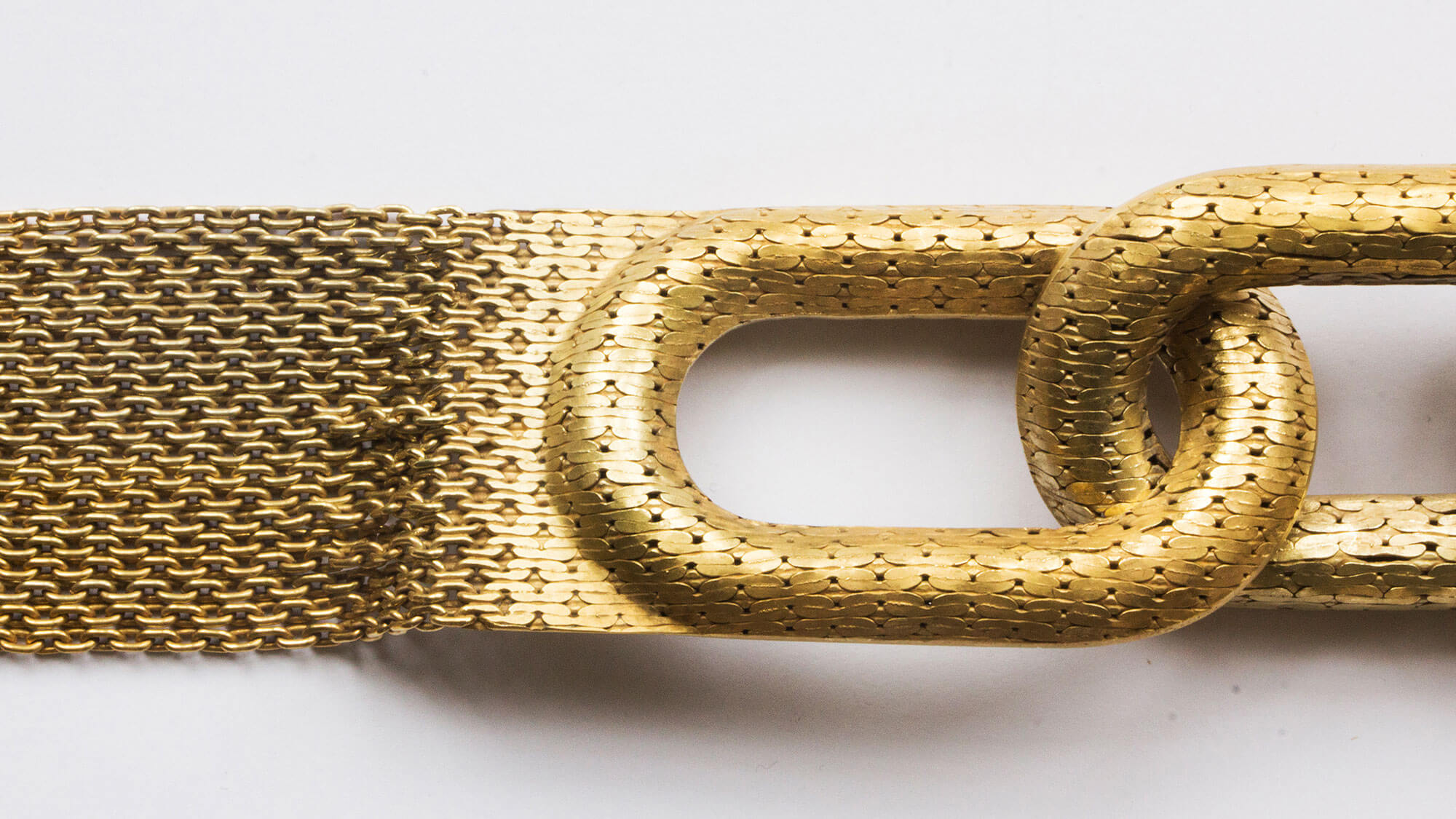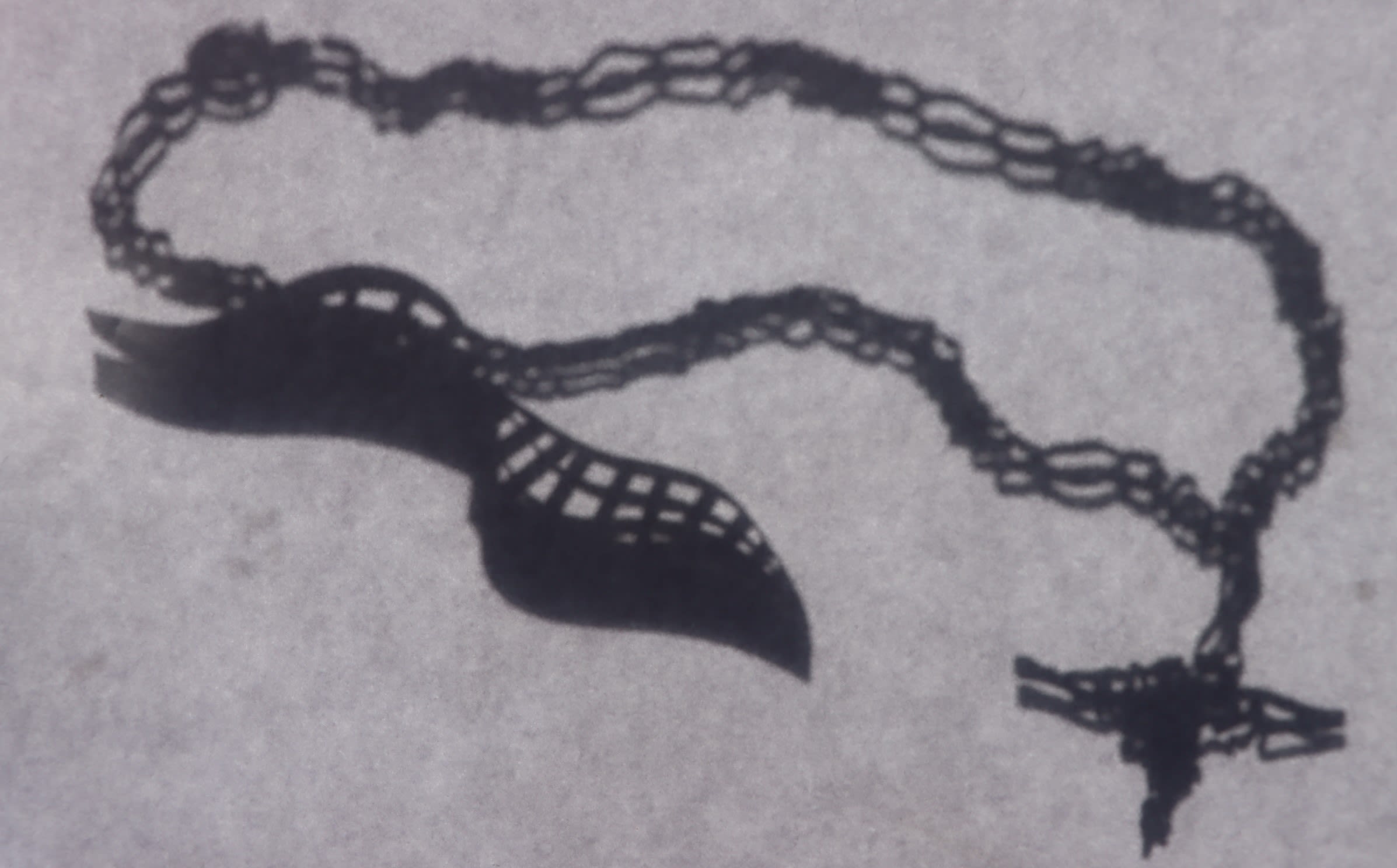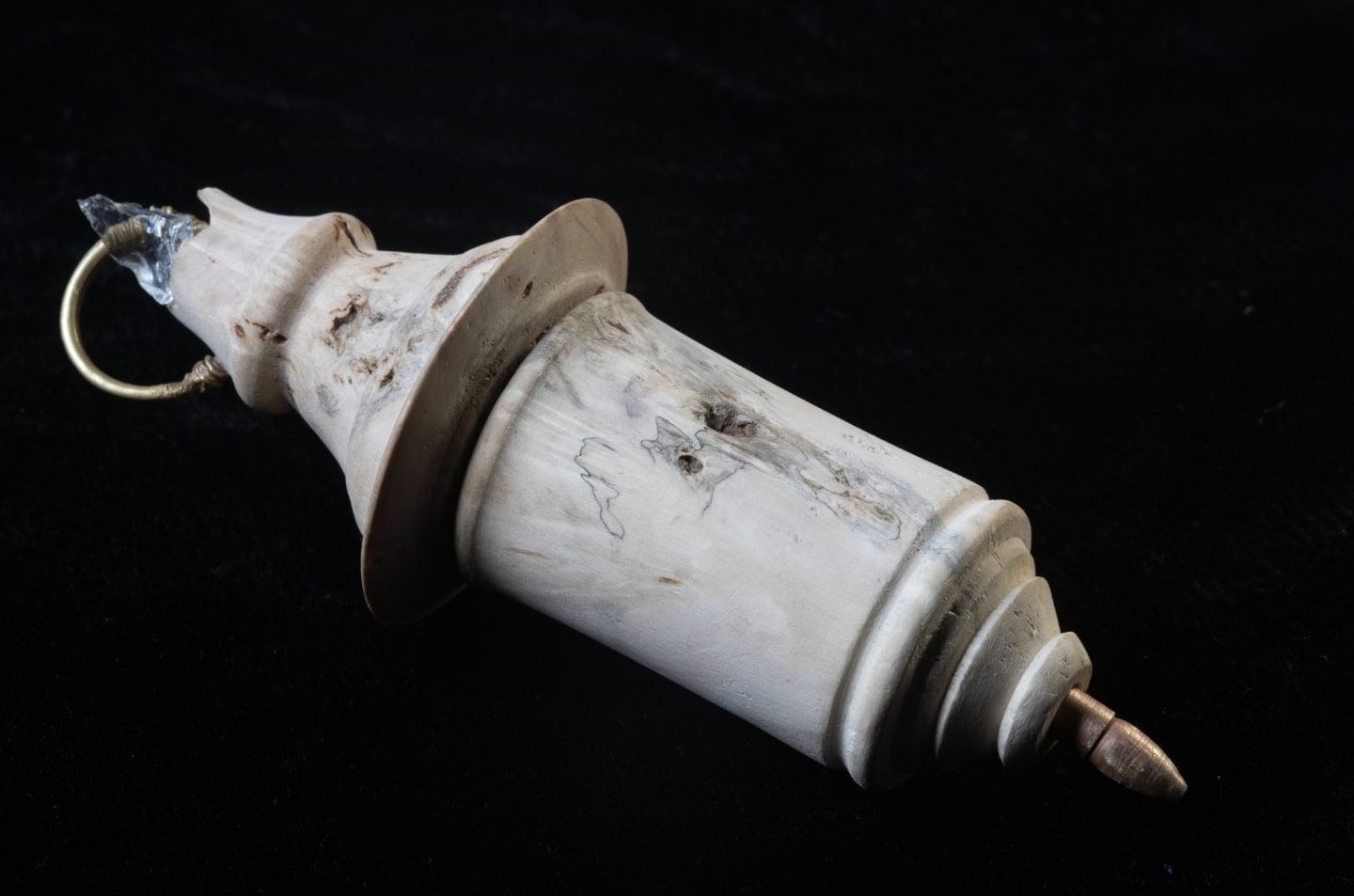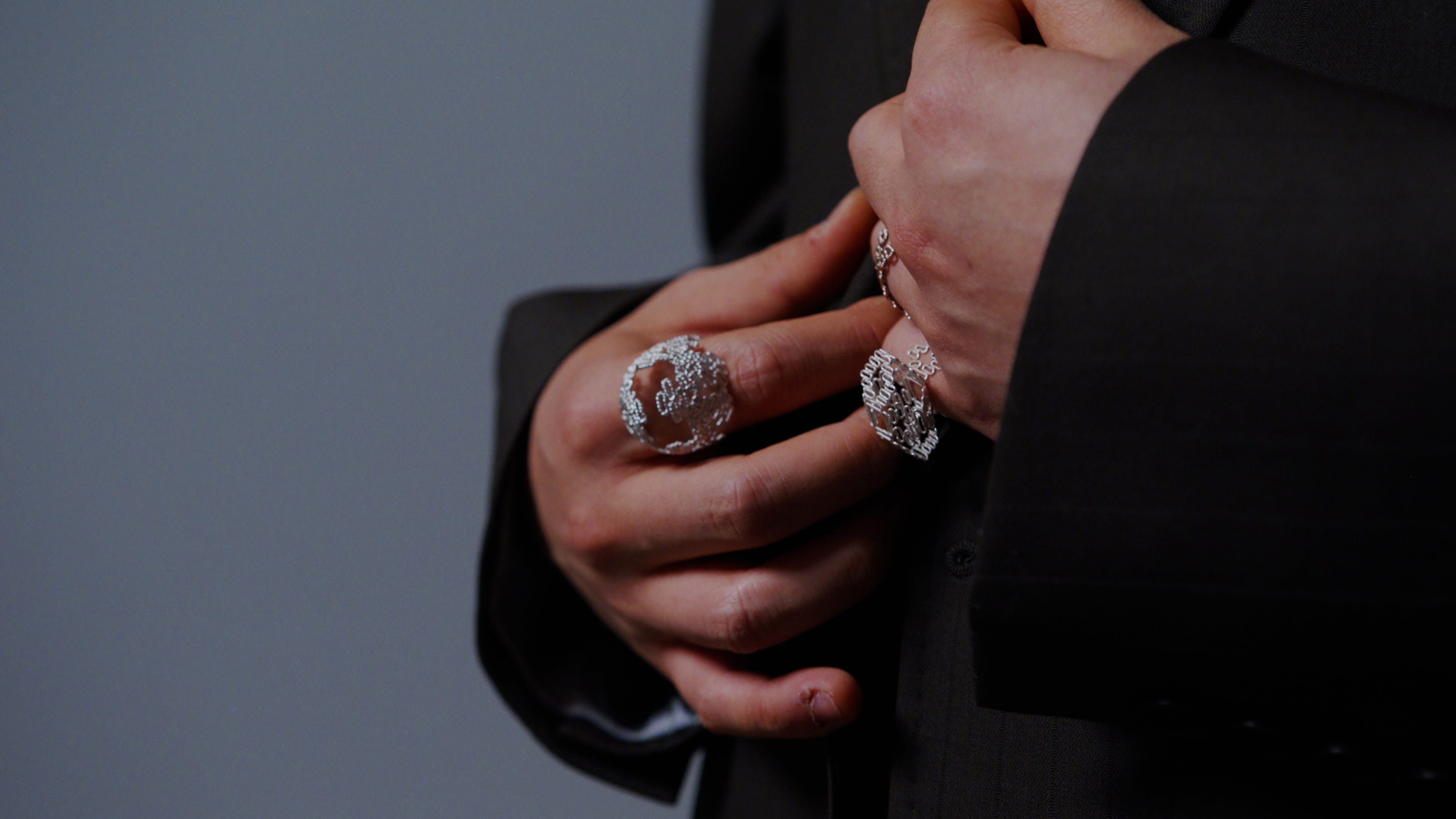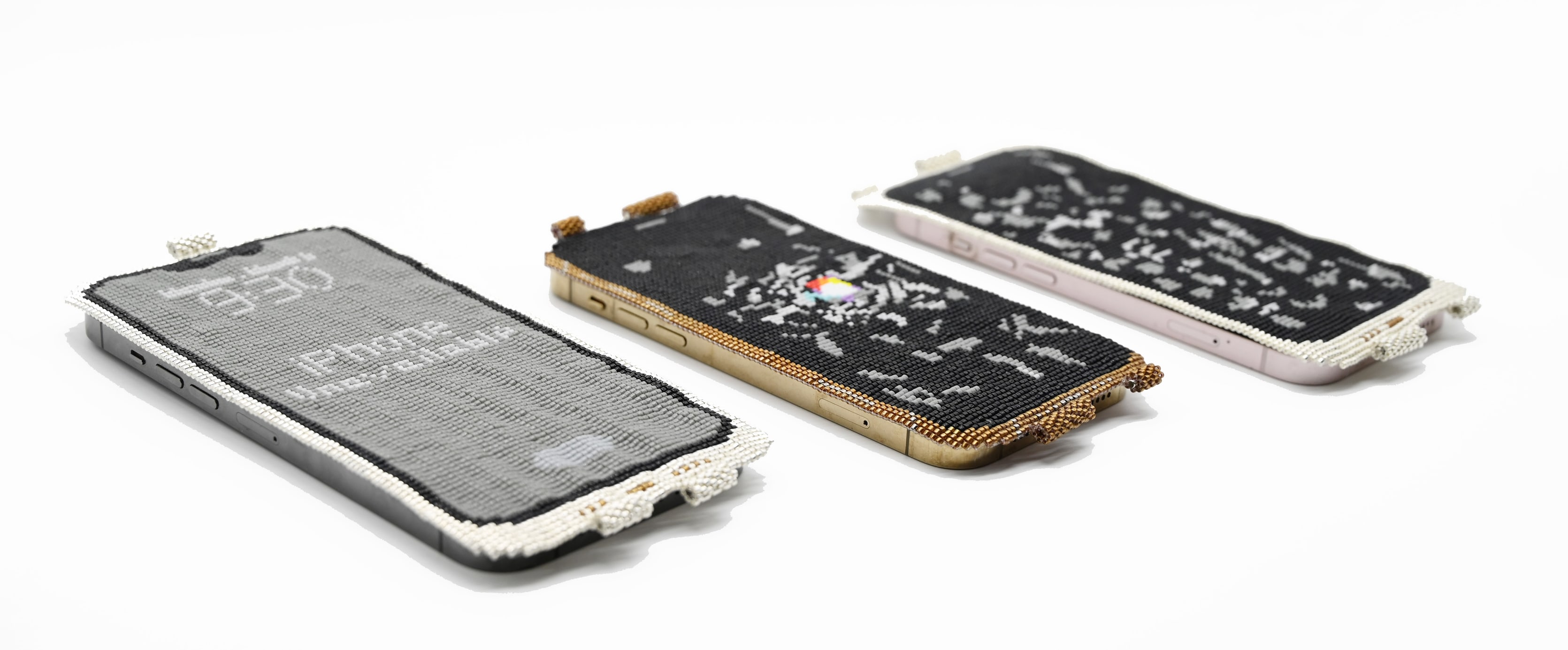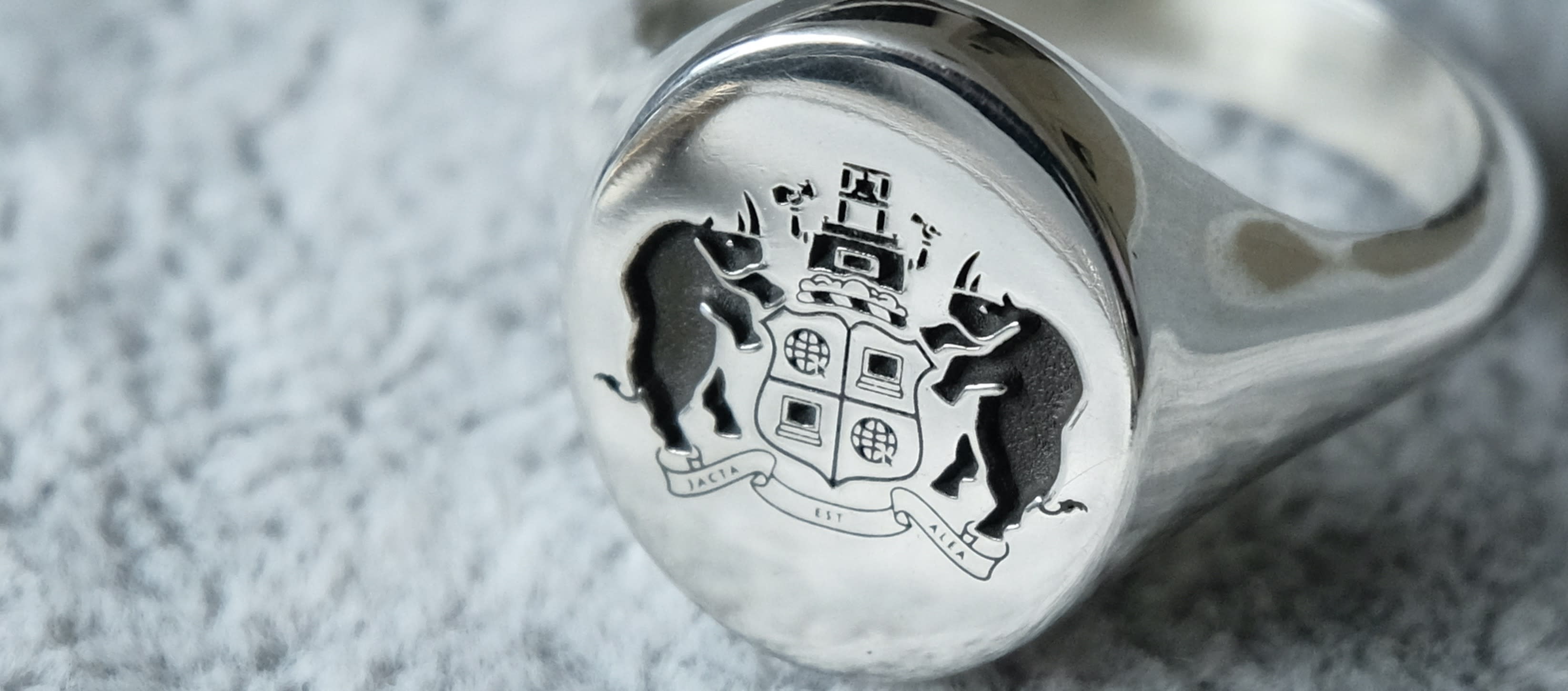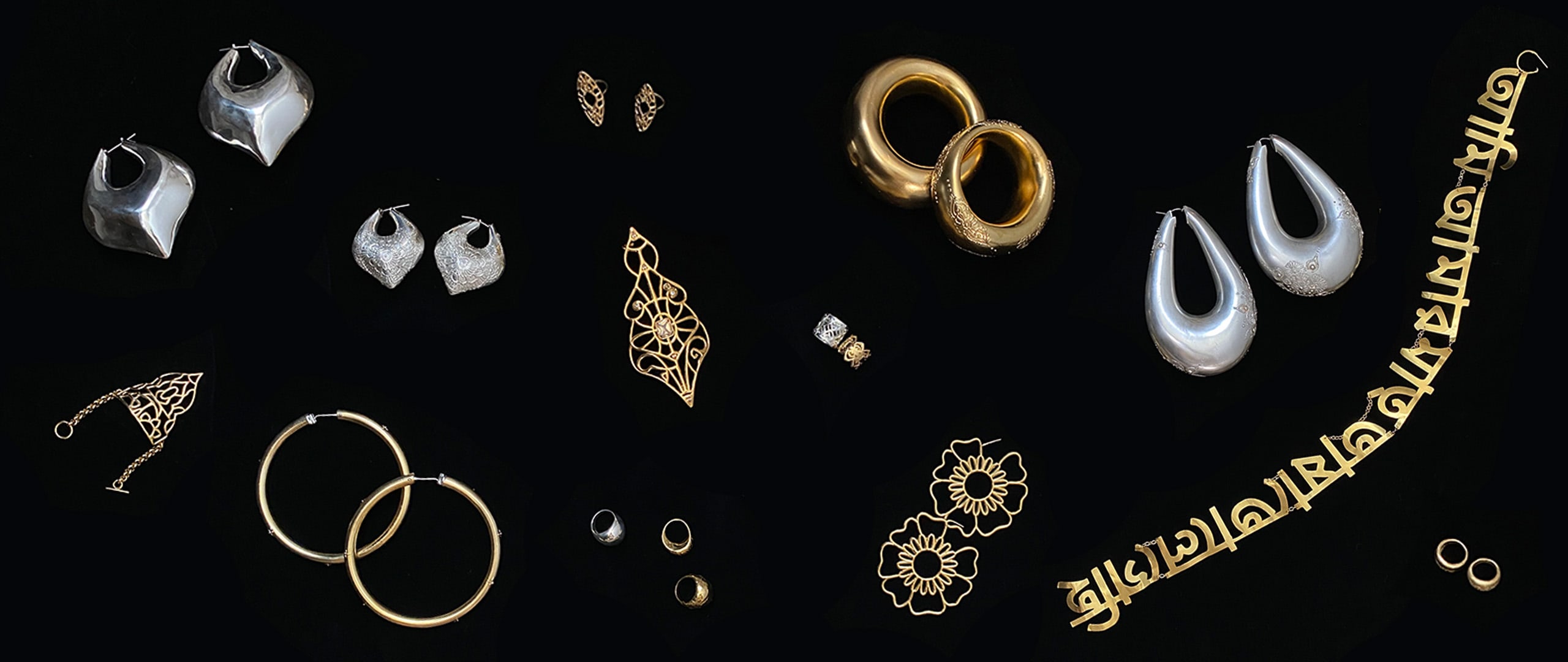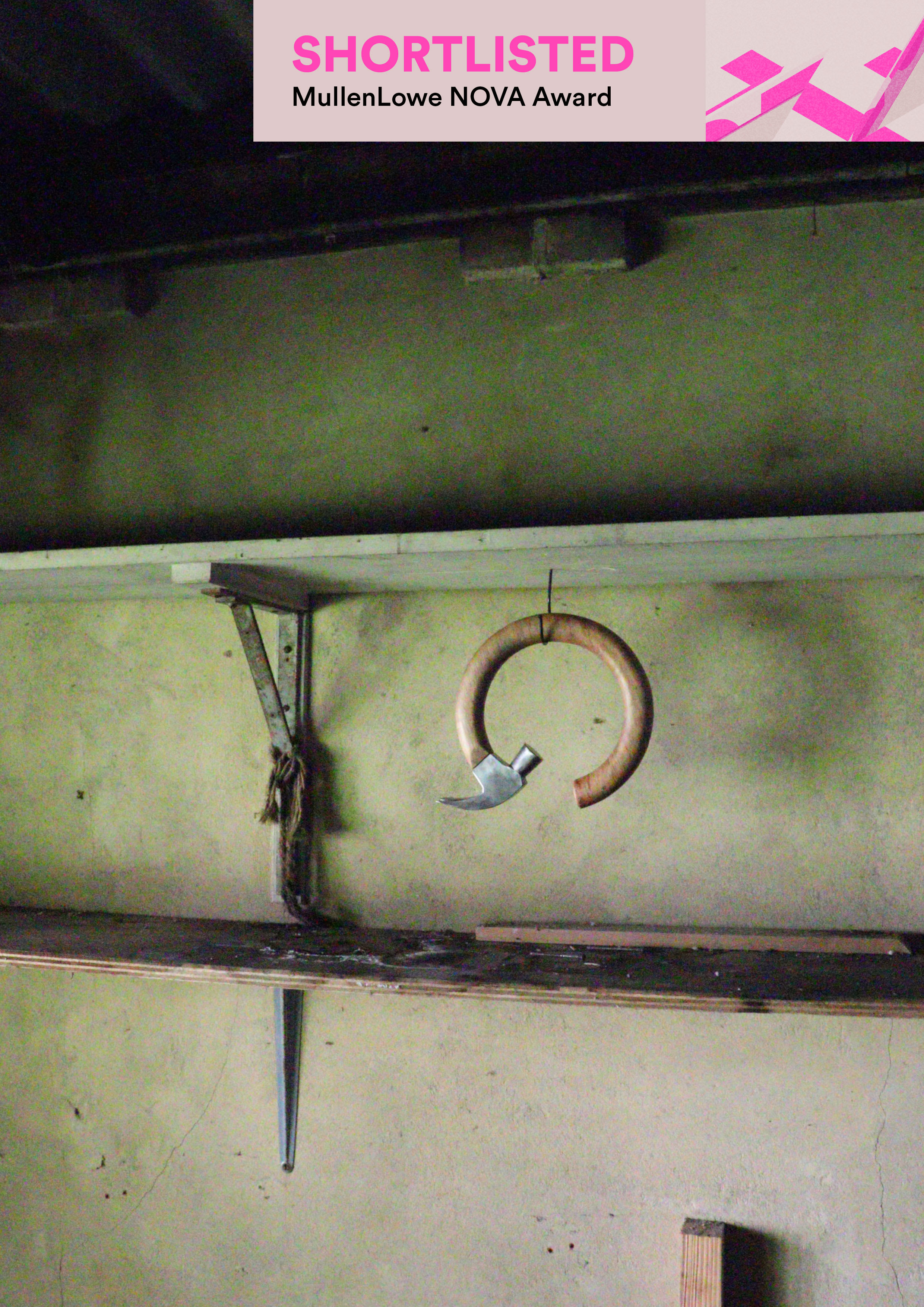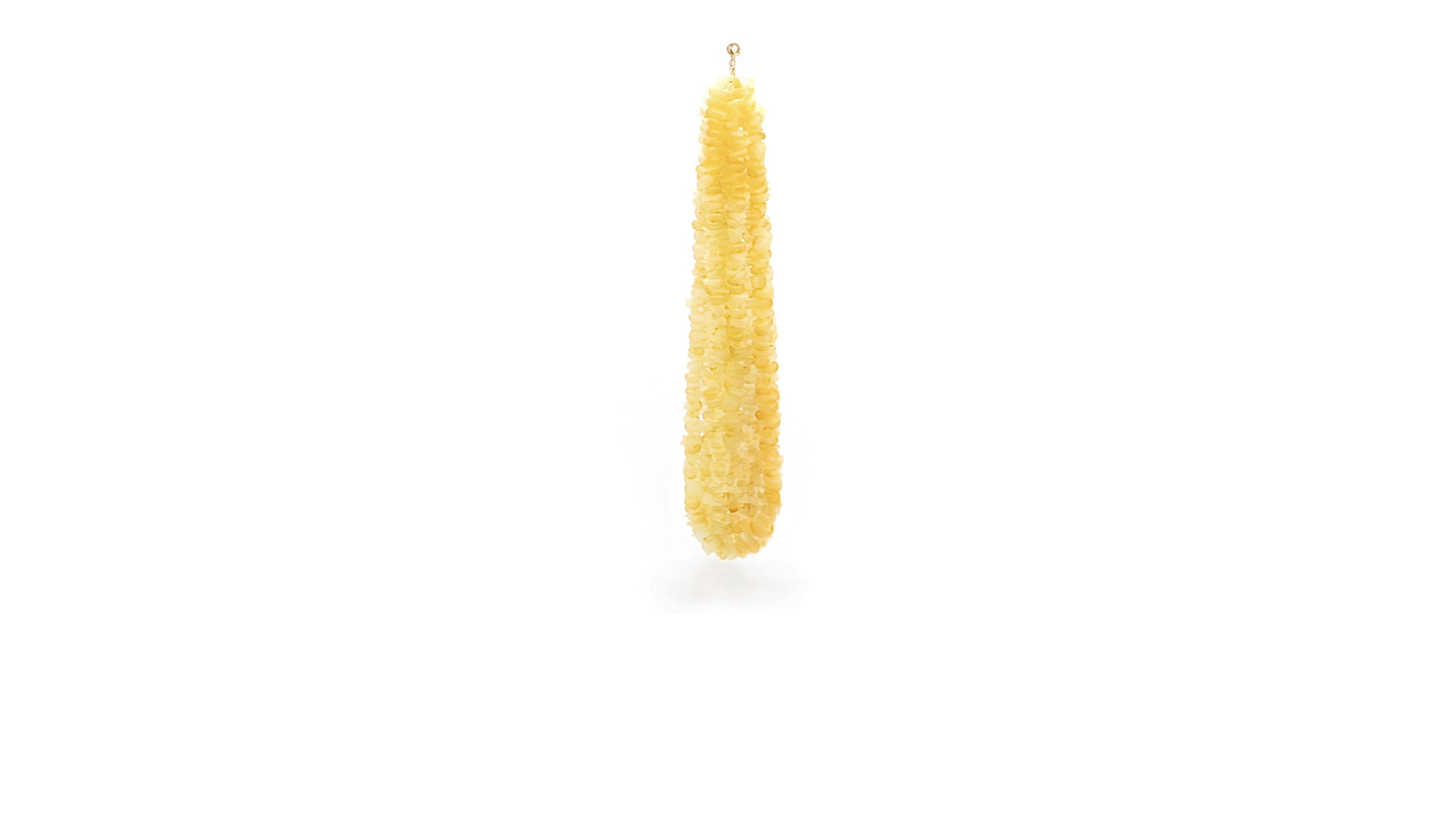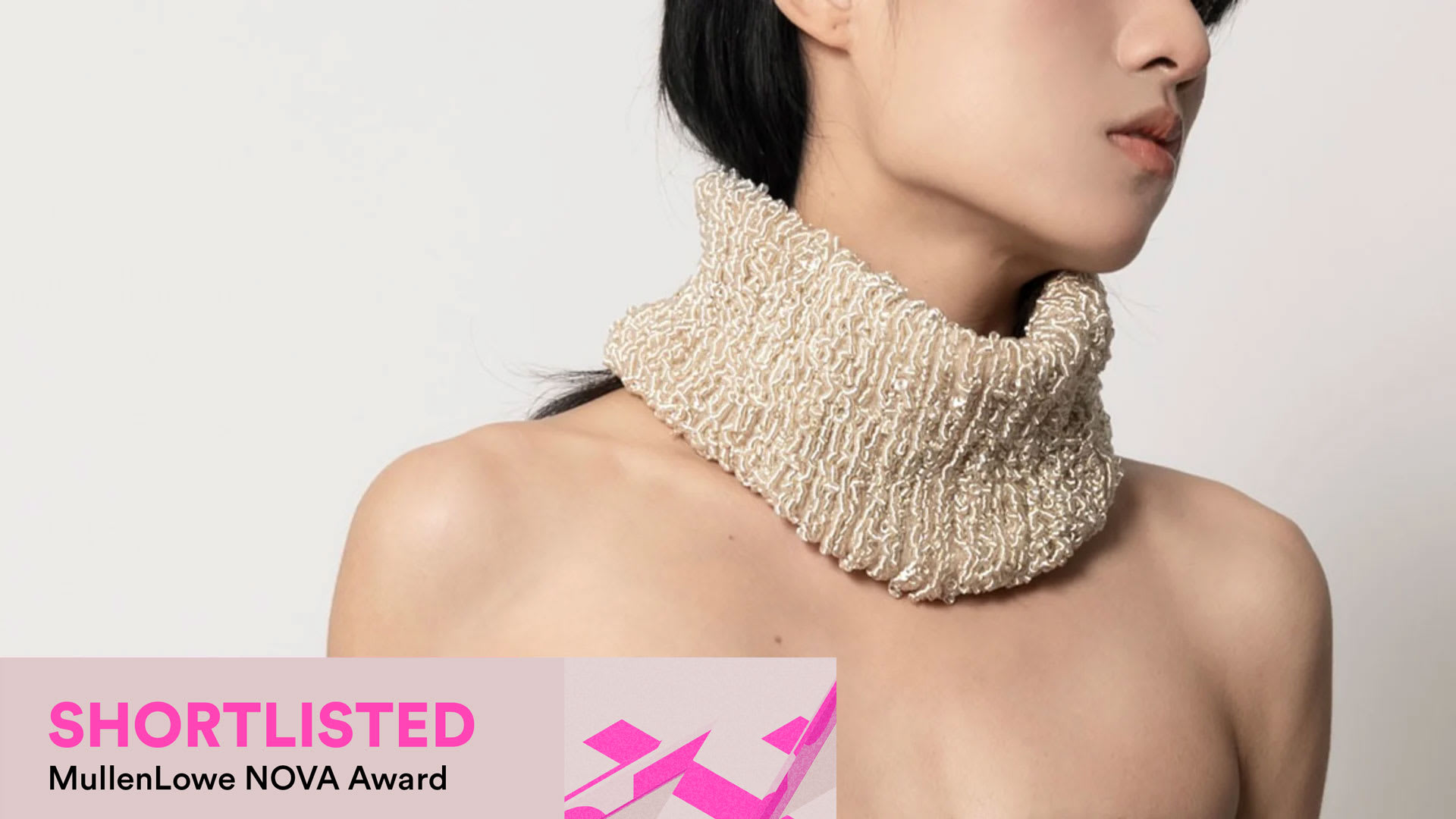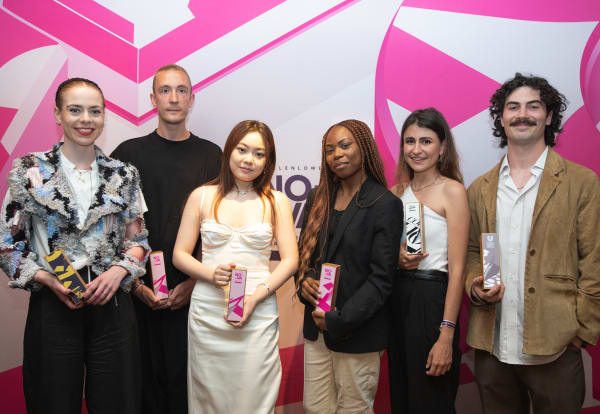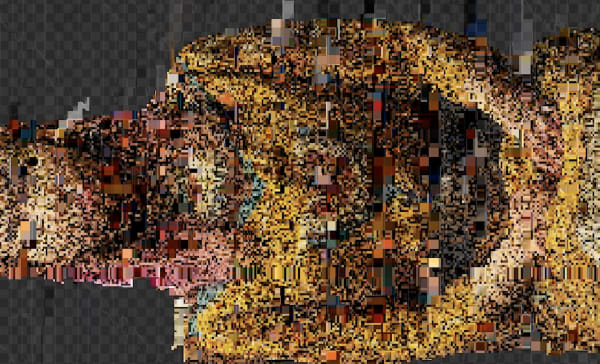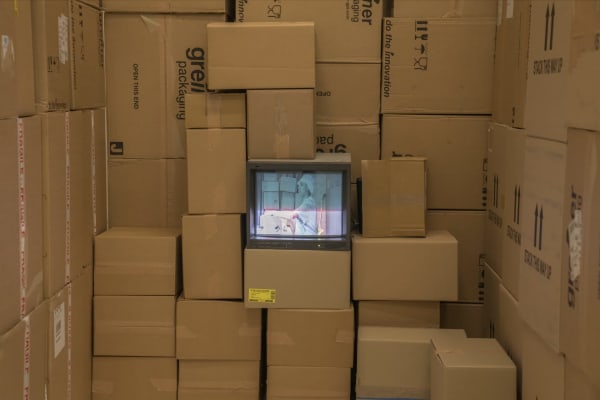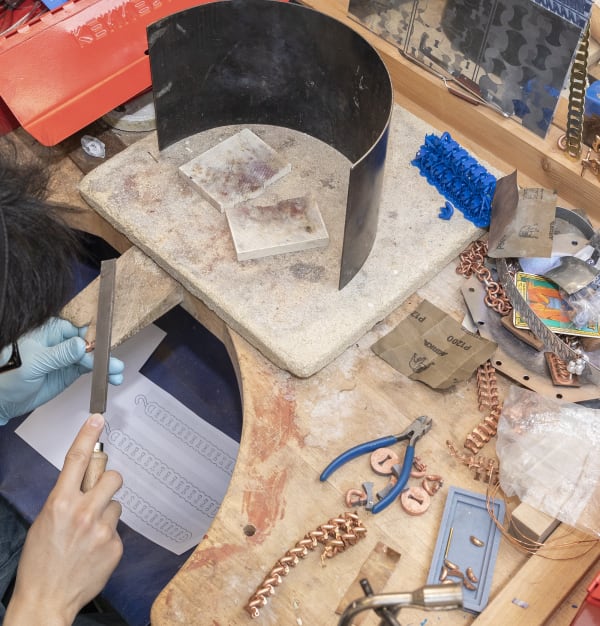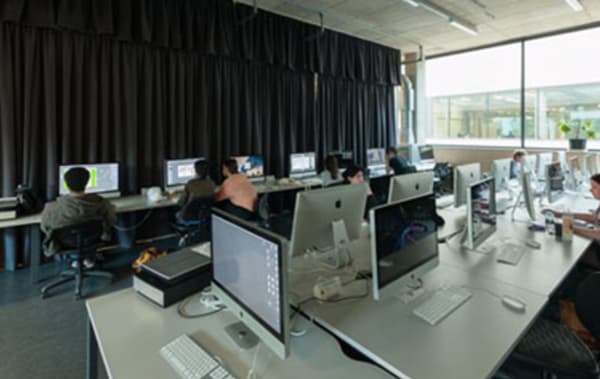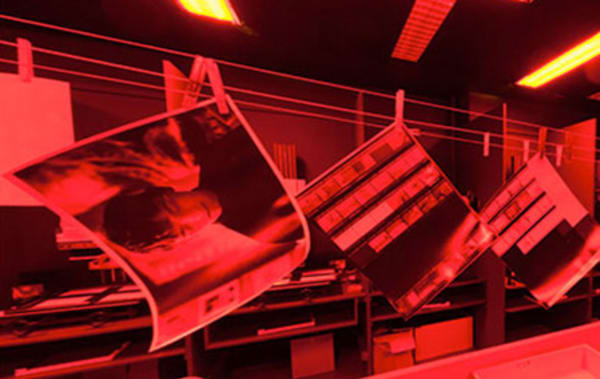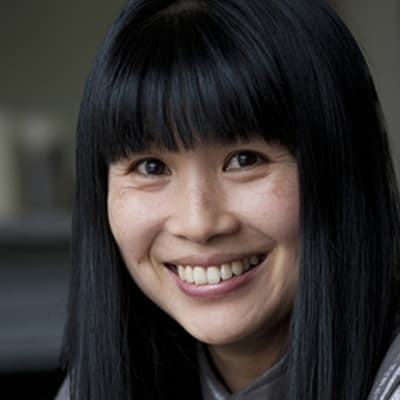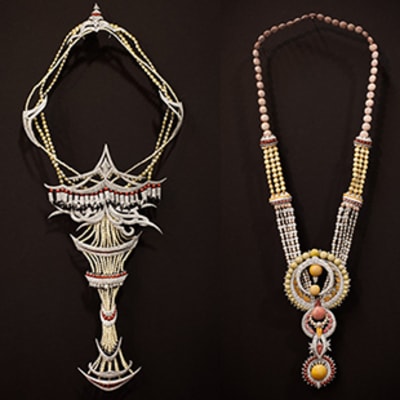Course units
BA Jewellery Design progressively builds your knowledge and skills in designing and making jewellery. Alongside this, it develops your understanding of professional approaches and contexts. The creation of original jewellery relies on imaginative and observational skills. On the course, you will develop these through a number of projects, looking at a range of different starting points and references.
You will explore and discuss the quality of materials during Stage 1. You will look at metals, plastics and other materials you may use as a jeweller. You will be expected to explore the qualities and reasons why they are appropriate for use in making jewellery. You will learn about the materials' characteristics as well as the processes used to manipulate and finish them. Throughout the course you will be asked to consider the social, environmental and economic implications of jewellery and its materials and processes.
Stage 1
Unit 1: Introduction to Study in Higher Education
Unit 2: Introducing Jewellery Skills
Unit 3: Developing Jewellery Skills
Unit 4: Cultural Histories and Theories (Jewellery)
In Stage 1, you will learn technical processes through talks, demonstrations and processes. Projects are largely concerned with handmaking. Unit 2 covers basic workshop practice, fundamental design and making skills and creative thinking. In Unit 3 you will develop your design work. You will undertake project briefs, which require you to design for criteria such as a specific fashion or cultural context. Unit 4 offers a range of concepts to critically analyse objects, images, spaces and practices in art, design, media and popular culture.
Stage 2
Unit 5: Research Methods and Approaches (Jewellery)
Unit 6: Different Approaches
Unit 7: Different Contexts
Unit 8: Exploration and Focus
In Stage 2, you will consider different approaches to jewellery design. You will develop your knowledge and skills. You will learn about batch production processes, computer-aided design and manufacture and build a range of making skills. You will be encouraged to develop an individual identity and a personal perspective in your designs. You will also focus on professional criteria, studying a range of possible contexts for jewellery designers to operate in. These include designing for companies, designing and prototyping for production. You will begin to consider possible future careers. Where possible, there will also be opportunity to present your work to an external audience.
Stage 3
Unit 9: Pilot Collection
Unit 10: Dissertation
Unit 11: Collection
The work in Stage 3 is mostly self-directed. You will take time to consider the direction and approach you want to pursue. You will work on a significant body of work. Materials, forms and ideas will be tested and resolved to form a pilot collection. This collection will form the basis for the realisation of a wider collection in Unit 11. This will give you the chance to manage work in professional manner, demonstrating both personal and professional development.
In Unit 10, you will demonstrate your research and critical skills, testing your ability to sustain a focused study of your chosen subject. Completion of a dissertation involves systematic analysis of a chosen aspect of visual, spatial, material, textual culture or practice. In some cases, students may wish to place greater emphasis on the dissertation. There is a route in place to accommodate this which you must make an application for.
Diploma in Professional Studies
Between Stage 2 and Stage 3 of the course there is an option for you to work with industry for the duration of an academic year (across three terms/two blocks) and complete a Diploma in Professional Studies. Whilst the Diploma is an optional aspect of the course, it is designed as an integrated and assessed part of your journey through the course, if you do take up this option. The Diploma results in a standalone qualification (rated at 120 credits), which involves researching, undertaking and reflecting on a 100 day/20-week (minimum) placement related to your professional interests and aspirations. The Diploma provides a valuable opportunity to make professional contacts and to develop your personal employability skills.
Mode of study
BA Jewellery Design runs for 90 weeks in full-time mode. It is divided into three stages over three academic years. Each stage lasts 30 weeks.
You will be expected to commit 40 hours per week to study, which includes teaching time and independent study.
Credit and award requirements
The course is credit-rated at 360 credits, with 120 credits at each stage (level).
On successfully completing the course, you will gain a Bachelor of Arts with Honours (BA Hons degree).
Under the Framework for Higher Education Qualifications the stages for a BA are: Stage 1 (Level 4), Stage 2 (Level 5) and Stage 3 (Level 6). In order to progress to the next stage, all units of the preceding stage must normally be passed: 120 credits must be achieved in each stage. The classification of the award will be derived from the marks of units in Stages 2 and 3 or only Stage 3, using a dual algorithm.
If you are unable to continue on the course, a Certificate of Higher Education (CertHE) will normally be offered following the successful completion of Level 4 (or 120 credits), or a Diploma in Higher Education (DipHE) following the successful completion of Level 5 (or 240 credits).
